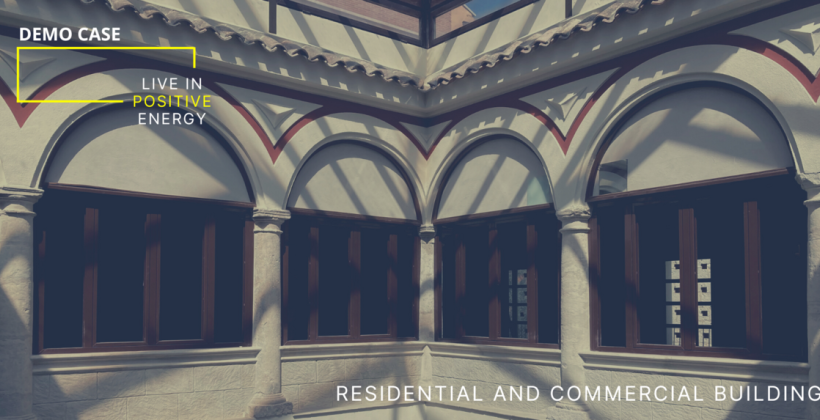
Location
Description
The Spanish demo case is a Renaissance palace from the 16th century located in the historical centre of Valladolid. The historical heritage of the building will be protected in the refurbishment of the palace towards positive energy standards by keeping the façade unchanged.
The project foresees the entire renovation and subdivision into 9 separate apartment units, 5 of them as duplex apartments. To minimise the energy demand while keeping the historical façade, highly energy efficient appliances and other technologies will be installed. The internal design of the building will be shaped as to maximise renewable energy self-consumption, making it one of the very first positive energy buildings in Spain.
Demo Site Expected Impact
Historic buildings currently represent more than 30% of the European building stock, accounting for more than one third of the total energy consumption of the European residential sector. The EXCESS PEB will therefore set an important example and blueprint for deep renovation of – as well as renewable energy generation and storage integration in - protected historic buildings.
Technologies
Buildings and energy
The energy concept of the building takes into account the local climatic conditions, which are characterised by mild temperatures and high solar radiation. As sunshine is an abundant commodity in Spain, the Spanish demo concept relies on maximising the electricity production from conventional PV panels installed on the roof of the building. The produced PV energy will supply energy for household electricity for collective self-consumption, and for two EV charging stations. The stations are part of the PEB concept to promote local electro-mobility in the area. Any PV surplus energy will be stored in a local battery, or sent to the grid. Domestic hot water will come from additional PVT panels. Moreover, the building incorporates sustainable design features such as a very efficient envelope and interior thermal insulation, and natural and mechanical ventilation to recover heat from the individual housing units.
ICT
An integrated control system enables the balancing of energy generation, consumption and sharing. The human machine interface allows for intelligent, user-centric energy management. The Building Energy Management System (BEMS) regulates energy sharing and trading to reduce overall energy consumption.
